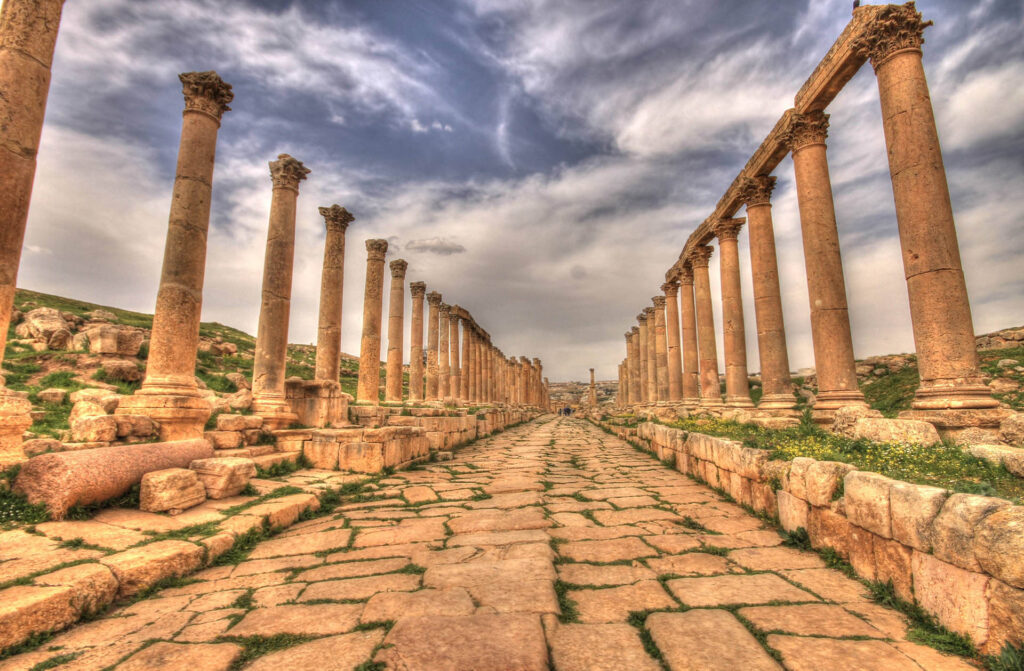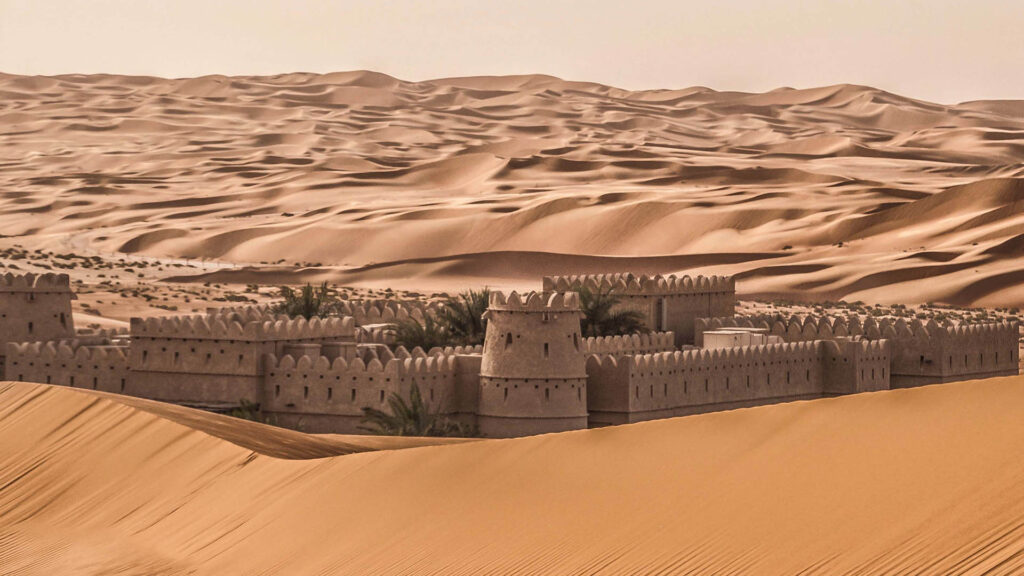Introduction
Nestled in the heart of Nubia, a region along the Nile River in southern Egypt, lie the magnificent Abu Simbel temples, a testament to the grandeur of ancient Egyptian civilization. Carved directly into the solid rock of a sandstone mountain, these monumental structures stand as a stunning architectural and engineering marvel, a testament to the skill and ingenuity of the ancient Egyptians.
The Abu Simbel temples were built during the reign of Ramses II, one of the most powerful and influential pharaohs of the 19th Dynasty. Constructed between 1264 and 1244 BCE, these temples were intended to honor the deities Amun-Ra, Ra-Horakhty, and Ptah, as well as to commemorate Ramses II’s victory over the Hittites at the Battle of Kadesh.
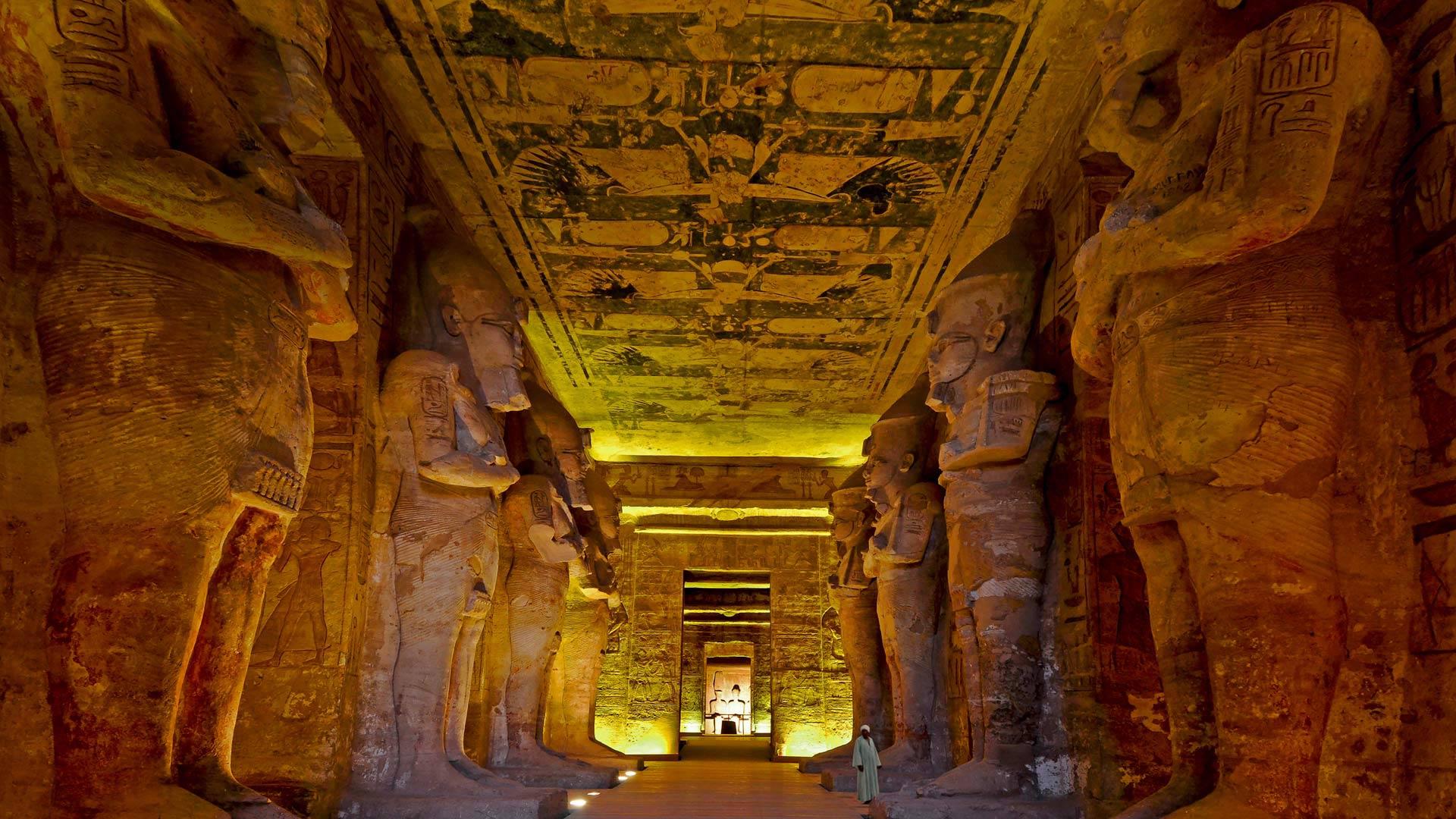
Abu Simbel Temple: Monumental Temples Carved into a Mountainside
The Great Temple of Ramses II
The larger and more impressive of the two temples at Abu Simbel is the Great Temple of Ramses II, a colossal structure that stands as a towering monument to the pharaoh’s power and might. The façade of the temple is adorned with four massive seated statues of Ramses II, each standing an awe-inspiring 20 meters (65 feet) tall and weighing over 1,000 tons.
These colossal figures are carved directly into the mountain’s face, their expressions stern and regal, their gaze fixed upon the rising sun. The attention to detail in these sculptural masterpieces is truly remarkable, with each figure’s facial features and intricate headdresses meticulously carved into the rock.
Upon entering the temple, visitors are immediately struck by the sheer scale and grandeur of the interior. The main hall is supported by eight enormous Osirid statues, each standing over 10 meters (33 feet) tall, depicting Ramses II as the god Osiris, the ruler of the underworld.
The walls of the temple are adorned with intricate bas-relief carvings that depict scenes from Ramses II’s life and reign, as well as his military victories and ceremonial rituals. These carvings are a visual feast, offering a glimpse into the life and beliefs of the ancient Egyptians.
The Temple of Nefertari
Adjacent to the Great Temple of Ramses II lies the smaller but no less impressive Temple of Nefertari, dedicated to the pharaoh’s beloved wife, Queen Nefertari. While not as grandiose as its larger counterpart, this temple is a beautiful and intimate structure that pays homage to the power and influence of Nefertari.
The façade of the temple is adorned with six colossal seated statues, four of which depict Ramses II and two that represent Nefertari. The attention to detail in these sculptures is exquisite, with each figure’s headdress and ornate jewelry intricately carved into the rock.
The interior of the temple is adorned with vibrant and well-preserved bas-relief carvings, depicting scenes from the lives of Nefertari and Ramses II, as well as religious iconography and depictions of various deities.
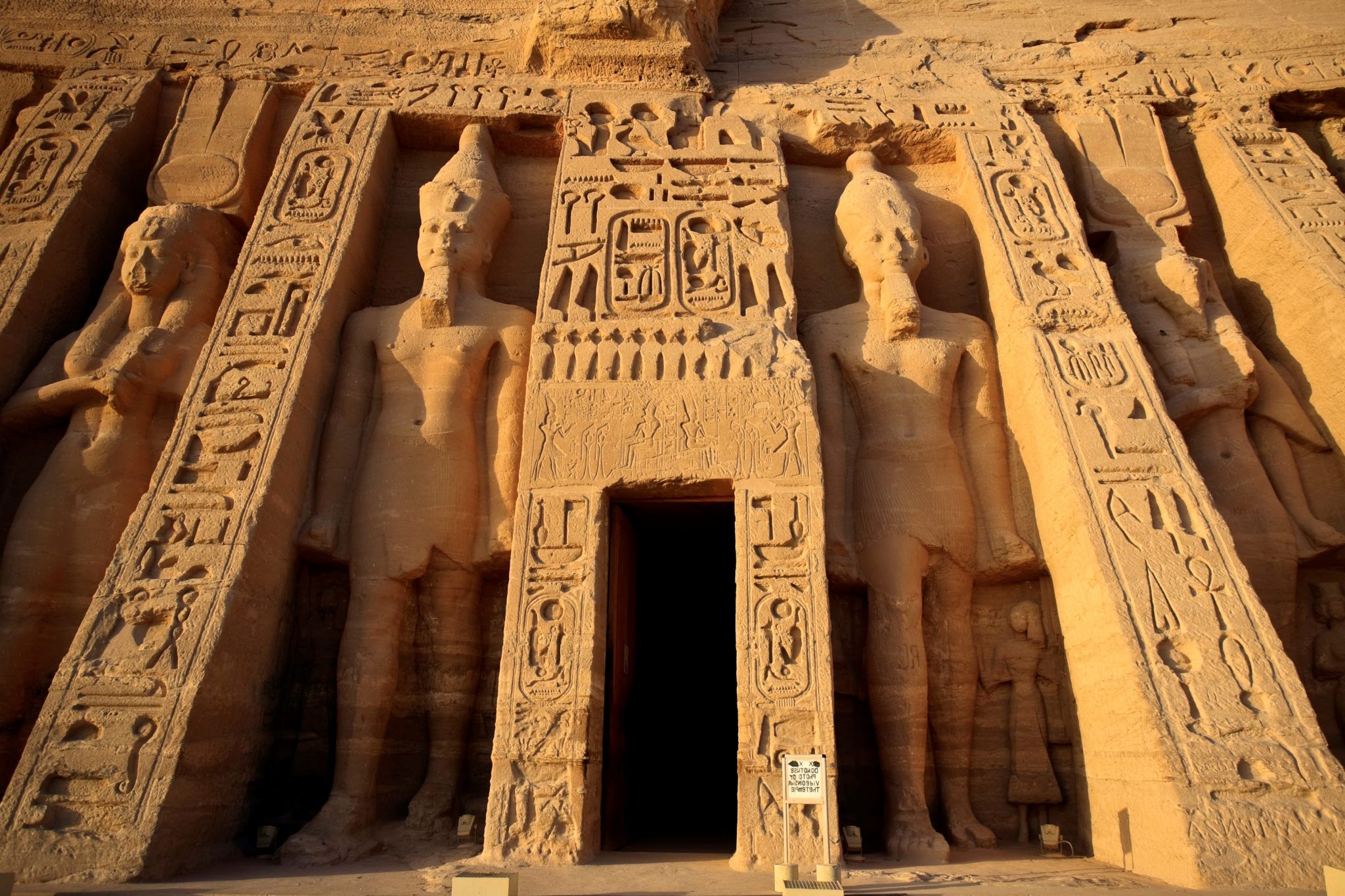
Abu Simbel Temple: Monumental Temples Carved into a Mountainside
The Relocation of Abu Simbel
In the 1960s, the Abu Simbel temples faced a grave threat from the construction of the Aswan High Dam, which was set to create a vast reservoir that would submerge the ancient monuments. To save these priceless treasures from being lost forever, a daring and unprecedented rescue operation was undertaken.
In a remarkable feat of engineering and international cooperation, the entire temple complex was meticulously dismantled, with each individual block carefully numbered and cataloged. This painstaking process took nearly four years to complete, involving teams of archaeologists, engineers, and workers from around the world.
Once dismantled, the temples were then carefully moved to a new location, approximately 200 meters (650 feet) from their original site and 65 meters (213 feet) higher up the sandstone cliff. This colossal undertaking involved cutting away the solid rock to create a new artificial mountain and reconstructing the temples block by block, with each piece precisely positioned according to its original location.
The relocation of the Abu Simbel temples was an unprecedented engineering feat that captured the world’s imagination. It was a testament to the international community’s commitment to preserving the cultural heritage of humanity and a triumph of human ingenuity over the forces of nature.
The Artificial Mountain and Visitor Experience
The relocated temples now sit atop an artificial mountain, cleverly designed to mimic the original geological formation. The interior of the mountain is hollow, with a series of tunnels and chambers that provide access to the temples and house various facilities for visitors.
Upon entering the visitor center, guests are treated to a multimedia presentation that details the history of the temples and the intricate process of their relocation. From there, visitors can embark on a guided tour or explore the temples at their own pace, marveling at the incredible detail and craftsmanship that went into their construction.
One of the most remarkable aspects of the Abu Simbel temples is the way they were designed to align with the sun’s rays during specific times of the year. On February 22nd and October 22nd, the rays of the rising sun penetrate deep into the Great Temple of Ramses II, illuminating the statues of Ramses II, Ra-Horakhty, and Amun-Ra in a stunning display of light and shadow.
This celestial alignment was a carefully calculated design feature, intended to highlight the divine nature of the pharaoh and his connection to the gods. Witnessing this event is a truly awe-inspiring experience, and one that draws visitors from around the world to witness this remarkable celestial phenomenon.
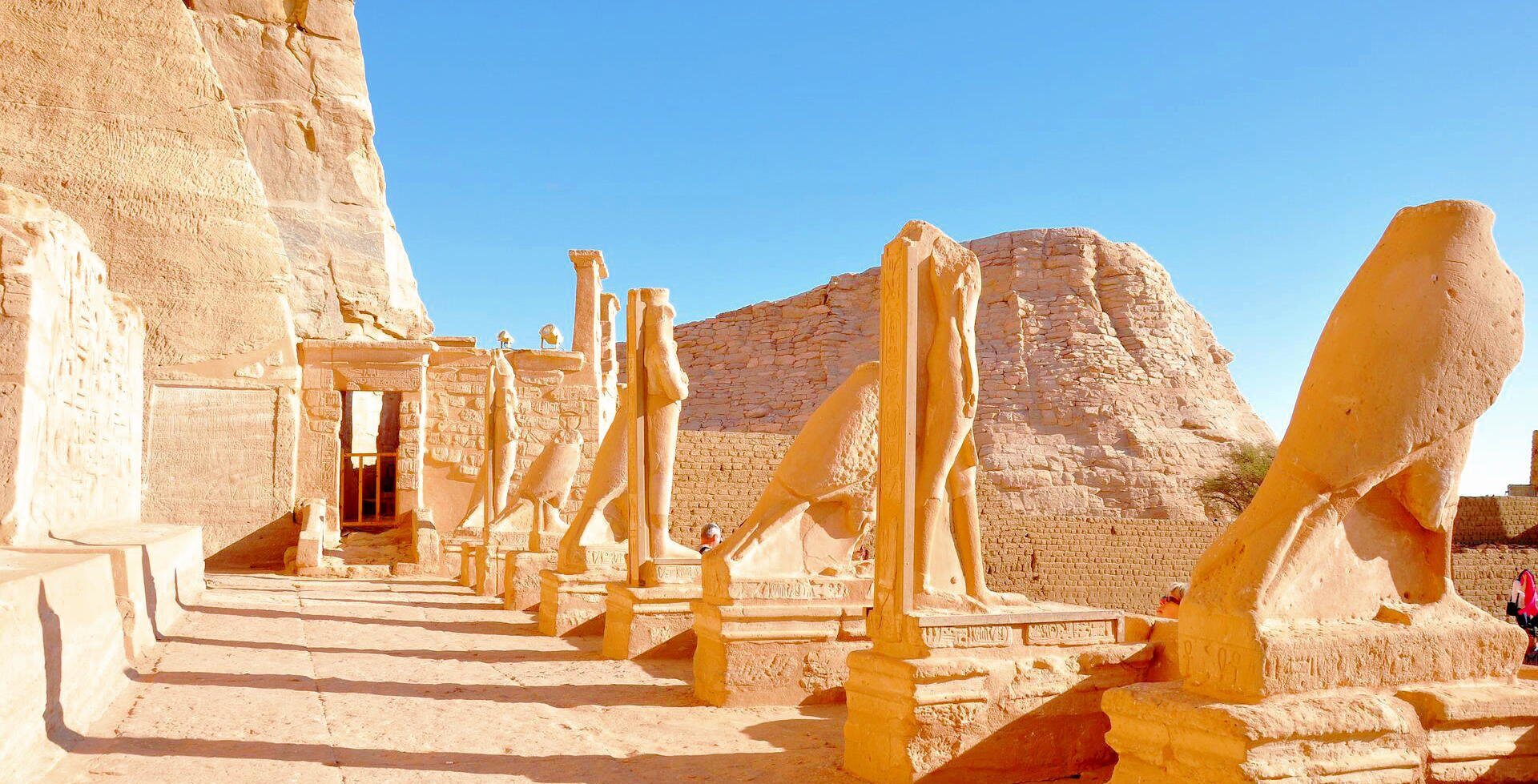
Abu Simbel Temple: Monumental Temples Carved into a Mountainside
The Significance and Legacy of Abu Simbel
The Abu Simbel temples are more than just impressive architectural feats; they are a living testament to the power, ambition, and ingenuity of ancient Egyptian civilization. These monuments stand as a powerful symbol of the enduring human spirit and our ability to overcome even the greatest of challenges.
Through their intricate carvings and colossal statues, the temples offer a rare glimpse into the lives, beliefs, and customs of the ancient Egyptians. They provide invaluable insight into the religious practices, artistic traditions, and cultural values that shaped this remarkable civilization.
Moreover, the successful relocation of the Abu Simbel temples serves as a powerful reminder of the importance of preserving our shared cultural heritage. It is a testament to the international community’s commitment to protecting and preserving these priceless treasures for future generations to appreciate and learn from.
As visitors wander through the awe-inspiring halls and chambers of these ancient monuments, they cannot help but be humbled by the sheer grandeur and majesty of the Abu Simbel temples. These enduring structures stand as a testament to the ingenuity and resilience of the human spirit, inspiring awe and wonder in all who behold them.
Whether you are an avid historian, an architecture enthusiast, or simply someone who appreciates the marvels of human achievement, a visit to the Abu Simbel temples is an experience that will leave an indelible mark on your soul. It is a journey through time, a chance to connect with the ancient past and marvel at the enduring legacy of one of the world’s greatest civilizations.

Abu Simbel Temple: Monumental Temples Carved into a Mountainside









